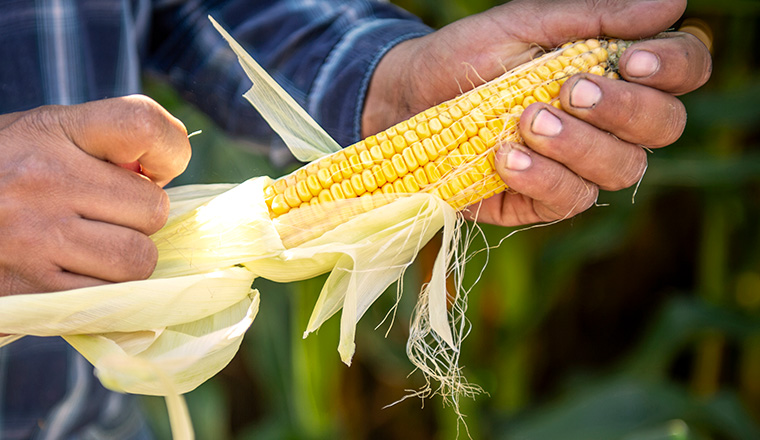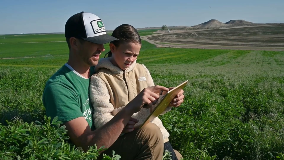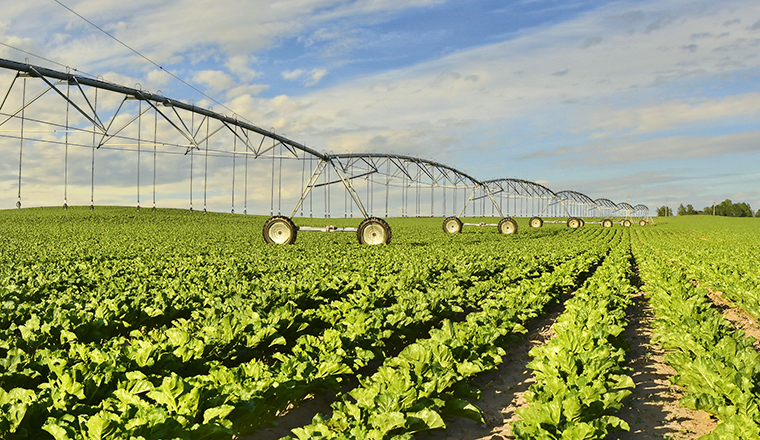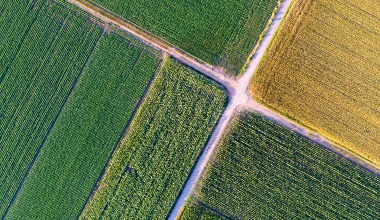
Executive summary


Industry drivers
Increased corn acres in the Northwest support lower feed costs
The USDA anticipates a shift in crop planting for 2024, with a reduction in corn acreage and an increase in soybean acreage nationwide. Despite this trend, the Northwest region is expected to maintain its corn acreage. National corn acreage is projected at 90 million acres, marking a 5% decline from the previous year. This projection aligns with industry forecasts. Among the 48 states that grow corn, 38 are expected to either decrease their corn acreage or make no changes compared to 2023. Montana, Oregon and Washington were among the few states planning to increase their corn acreage. In 2023, Idaho planted a record amount of corn, and while a decrease is expected due to crop rotation, corn acres will still be at historically high levels. National soybean production is projected to grow by 3% due to an increase in planted acreage and anticipated improvements in yield.
The Northwest is a small corn production area with most corn grown for local feed use. The expected boost to corn silage production with more planted acres will alleviate some production cost pressures for dairies. In 2023, falling hay prices and substantial decreases in corn silage prices made feed more affordable. Yet, dairies are still in a tight financial position and more affordable feed will be a welcomed relief.
Mixed price projections
Producers can anticipate more favorable corn and soybean prices in 2024. The USDA forecasts a decline in corn and soybean prices, with national corn prices forecasted at $4.40 per bushel, a $0.40 per bushel reduction from 2023. An anticipated recovery in global corn production (driven by a record 2023 U.S. crop and favorable conditions in Argentina and Brazil) has led to a significant increase in global corn supply, exerting a downward force on market prices. This surge in supply has resulted in a notable decrease in U.S. corn prices, from near-historic highs to corn prices under $5 per bushel. Some analysts forecast corn prices could dip below $4.00 per bushel near harvest due to better yield and lower domestic demand from a smaller cattle herd.
In a similar trend, soybean meal prices have fallen, staying below $400 per ton since the beginning of 2024. However, analysts’ predictions are mixed. The USDA forecasts lower soybean prices, while others expect an increase later in 2024 due to low stock levels. While soybean meal prices are predicted to remain stable, the soybean oil market is poised for the most significant price surge, driven by demand for renewable fuels.
Weather uncertainties remain
Weather uncertainties, particularly the possibility of La Niña’s return as suggested by the NOAA NWS Climate Prediction Center, continue to be a concern. The Center has recently increased the likelihood of La Niña occurring to 55% for the June-August period. Although this probability is only marginally over 50%, it suggests that the current El Niño cycle may be brief, potentially offering a temporary respite from dry growing conditions (see AgWest’s weekly weather insights for more information).
Spokane, WA | April 4, 2024
A complex landscape for Northwest agriculture
posted by AgWest Farm Credit
Spokane, WA | January 24, 2024
Challenging conditions for many ag industries in the Northwest
posted by AgWest Farm Credit
Spokane, WA | October 4, 2023
Outlook mixed for ag industries in the Northwest
posted by AgWest Farm Credit







